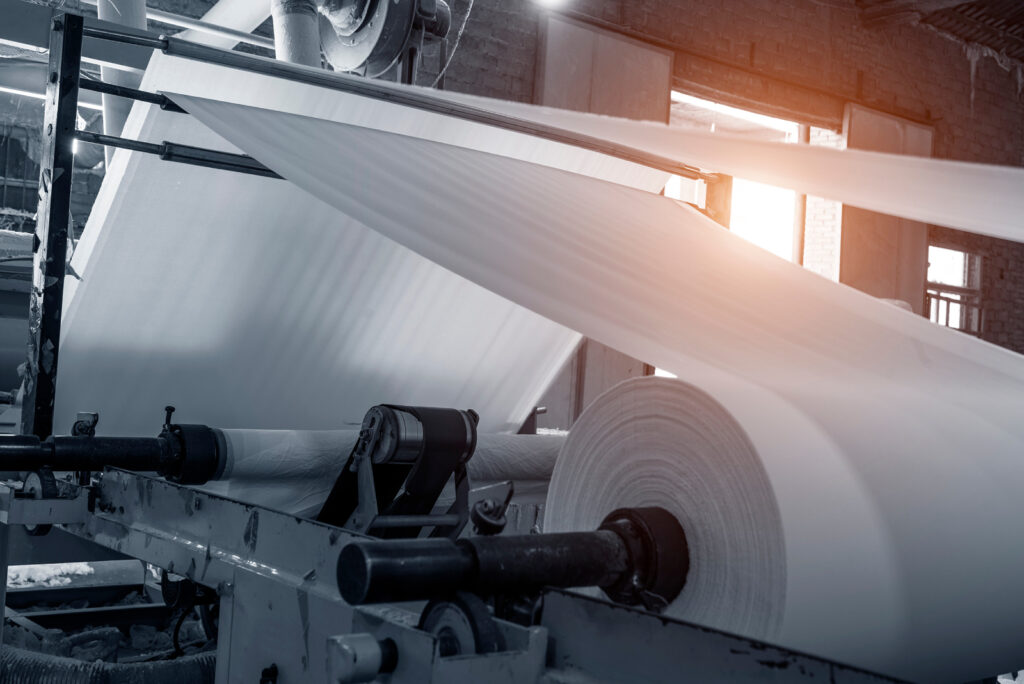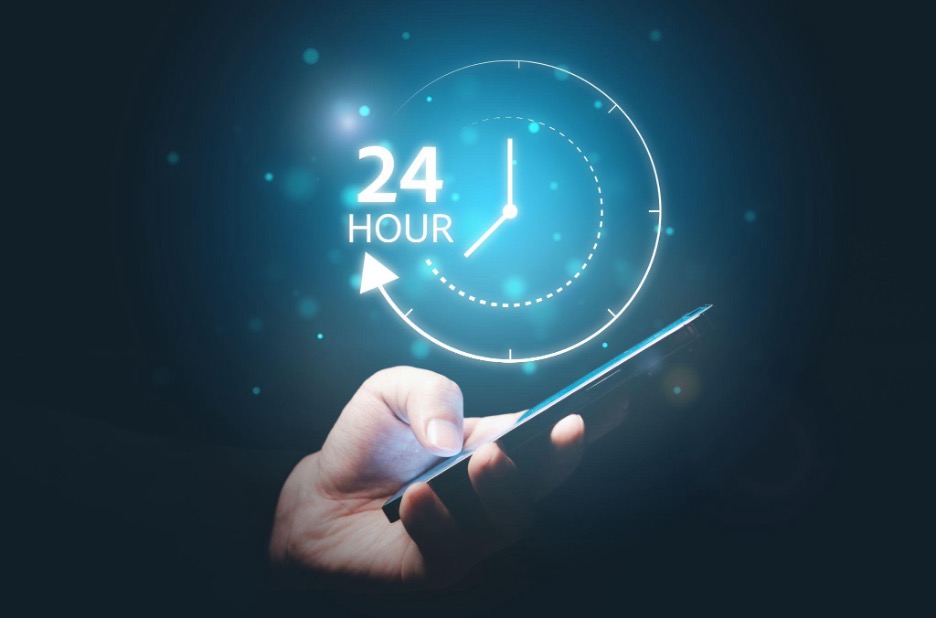HOW DID WE GET HERE?
One of the earliest instances of organized municipal recycling was in London in the 18th century. Coal was widely used for heating and the coal ash (dust) market had value as both a soil amendment and a component of the brick-making process. In the mid 1800’s the dust market collapsed and the municipal waste organization turned its attention to the growing amount of other waste. Their solution was to build mass incinerators which were quickly rejected by the general populous as producing undesirable smoke and ash. The solution eventually came through mobile dump trucks combined with landfills.
Throughout history, there has always been some component of recycling, when the commodity to be recycled had enough value. Roughly 1000 years ago in Japan, paper was a scarce and valuable enough commodity that paper recycling was a common practice. And certainly when metals were first being worked into knives, plows, kettles and so forth, it was worth repairing these items if they got damaged rather than throwing them away.
But the more “wholesale” recycling of municipal waste didn’t really get started until the early 1970’s amidst growing concerns of leaking landfills leaching dangerous liquids into the water table. These concerns were really brought home with a massive oil spill off the coast in California (plastics are made from oil) and, in the same year, 1969, the Cuyahoga river in Ohio caught fire due to the build up of debris and chemical waste. These events provided the grass roots push that eventually led to municipal waste recycling.
Today, recycling is a normal part of the infrastructure and there are plants that specialize in processing specific high value waste products, thereby reducing the pressure to build a never ending series of landfills. Two of the areas that are worth focusing on are the recycling of paper and of plastics. These are respectively one of the easier and one of the more difficult waste products to recycle and we’ll dive in to explain why.
PAPER - A RECYCLER’S DREAM
Paper is a good place to start since it is the less complicated of the two recyclables to work with. First off, the word “paper” when we are talking about recycling refers to anything from newsprint to paperboard, cardboard (often used for cereal boxes) to corrugated cardboard used for heavy duty packaging. Papermaking was invented over 2000 years ago in China and spread from there. The process of making paper is largely unchanged from the original recipe. Paper starts with trees that have had their bark removed and the hard trunk and limbs have been chopped up into a manageable size. This wood is boiled in water until it eventually becomes pulp, which looks a lot like cooked oatmeal.
When recycling, the only difference is how you get to the pulp stage, since obviously we are not starting with trees in this case. So how does recycled paper get to the pulp stage? After collection of the various types of paper and transportation to the recycling facility, the various papers are sorted by their fiber content. Those with a similar fiber content are kept together since that will give a more uniform result. There is one more sorting step into different grades or thicknesses. At this stage, the paper is shredded and mixed with water and certain chemical compounds to form pulp. Now we can pick up again at the pulp stage. Pulp from recycled content needs to be filtered to remove staples, paper clips, tape and plastic films. Of course virgin pulp would not require this step. The other step that recycled paper goes through is de-inking, since it may have a had print on it at some point. At this point there is effectively no difference between the recycled product and the original from-the-tree paper. Often the two are mixed together in a specific ratio to enhance the overall properties of the pulp. The water is removed from the pulp by passing it between fine mesh screens, heating and squeezing in several stages until it is dry enough to be wound onto very large paper rolls and sent on to a manufacturer to convert it to consumer products.
Paper recycling is amongst the easiest to do with a high yield and a finished product that is indistinguishable from the original. The only downside is that in order to recycle paper, the incoming product needs to be shredded, which shortens the fibers. Eventually the fibers get so short that they cannot be used for paper anymore. In the US about 68% of the paper gets recycled; saving trees, water and energy. It is the most recycled product of all the recyclables within the municipal solid waste stream. And it is available at all levels from individual recycle bins at the curb to large industrial facilities that produce bales of cardboard that are trucked to recycling facilities. Evergreen recycling specializes in the latter, larger scale paper recycling program, but even small to medium sized businesses can generate an amazing amount of paper waste that can be readily recycled.

PLASTIC IS TOUGH STUFF
Unlike paper which is fundamentally the same stuff no matter what its quality and thickness is, the various plastics each have their own “personality” and so there is a wide range when it comes to recyclability. Each type of consumer grade plastic must show the universal recycling symbol (a triangle with each leg of the triangle having an arrow) with a resin number that indicate the primary plastic used in the manufacture of that part. Below is a table which shows the seven primary plastic types, their characteristics and recyclability.
| Resin #/Name | Common Use | Hazard/Character | Recyclable | Can become |
| 1 / PET | Single use beverage bottes | Easily molded and highly recyclable | Most all curbside programs | Fiber, tote bags, furniture |
| 2 / HDPE | Milk Jugs, juice bottles | Versatile, low risk of leaching | Often curbside recyclable – check local rules | Detergent bottles, pens, drainage pipe |
| 3 / PVC | Siding, Piping | Toxic byproducts of manufacturing / Very tough | Rarely | Decks, paneling, mud flaps |
| 4 / LDPE | Squeeze bottles | Flexibility | Increasingly recyclable | Trash can liners, compost bins |
| 5 / PP | Yogurt Cups, Medicine bottles | None, high melting point | Increasingly recyclable | Signal lights, battery cables |
| 6 / PS | Disposable Cups and Plates | Probable Carcinogen | Not really. Flimsy. Bag it in trash | Insulation, egg cartons |
| 7 / PC | 5 Gal Water Bottles, DVD’s | Contains BPA | Not traditionally | Plastic Lumber |
P(1) = Poly
E = Ethylene
T = Terephthalate
H = High
D = Density
V = Vinyl
C = Chlorate
L = Low
P(2) = Propylene
S = Styrene
C = Carbonate
It is easy to see from this tabulation that resin codes #1 and #2 are common and among the most easily recyclable. Resin codes #4 and #5 are starting to gain acceptance and the remaining codes, #3, #6 and #7 don’t really recycle well and/or they are hazardous in some way.
It may be obvious, but the first step in recycling plastics is to sort it into the correct resin codes. Unfortunately code #1 is one of the easiest to identify, yet it is only recycled 20% of the time with the balance ending up as trash in landfills.
Just as there is a process to recycle paper, there is one for plastics as well.
The steps are:
- Inspection and sorting to weed out contaminants and separate the plastics into those that are appropriate for the recycling process.
- The plastic that is retained for recycling is then shredded and washed
- Next, it can be separated based on density
- The resulting plastic mix is dried out and then then melted.
- In the liquid state it is next drained through fine screens to remove any remaining contaminants.
- The liquid plastic is extruded into long filaments which are chopped (shredded) into pellets, which is the final form that is used for most plastics manufacturers.
- It is then packed up into standard bags and drums for transport and sold back to plastic companies.

Usually this recycled product is mixed with a ratio of about 15% with virgin plastic to make “new” product, although some companies will use 100% of the plastic for certain products.
WORKING THE ISSUES
Clearly the recycling of plastics is a much more complex issue than paper. The thing that make plastic most desirable for certain uses is the fact that it doesn’t biodegrade. This is also the reason that it is undesirable since it stays in the environment for generations. Progress is being made in plastics manufacturing to develop alternative materials and to also educate people about what they can do to help with the process. Partnering with Evergreen Recycling can help with the plastics issues. They are knowledgeable of the local rules and can help your company put together a workable plastics recycle plan. Since the high grade, reusable plastics (Resin codes #1 and #2) have value by putting them back into the manufacturing stream, it’s possible that they can generate some cash flow for your business as well.
To learn more about Evergreen Recycling and their recycling and waste management programs visit their web site at https://evergreen-recycling.com/plastics-recycling/
You can also reach out to them directly through this contact link https://evergreen-recycling.com/contact/
or give them a call at (817) 293-4400








